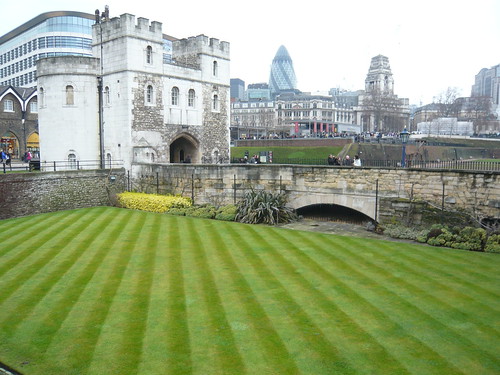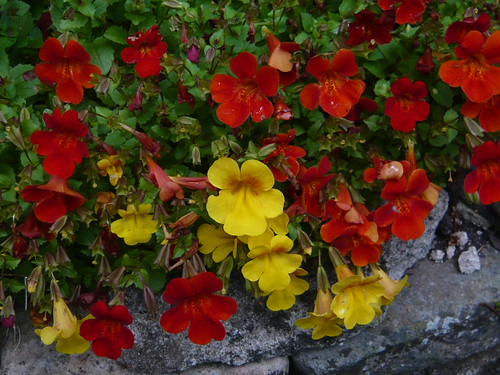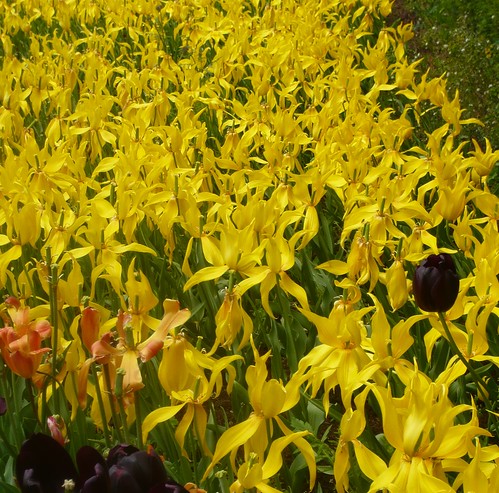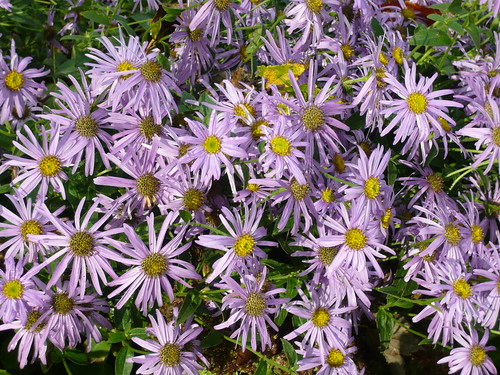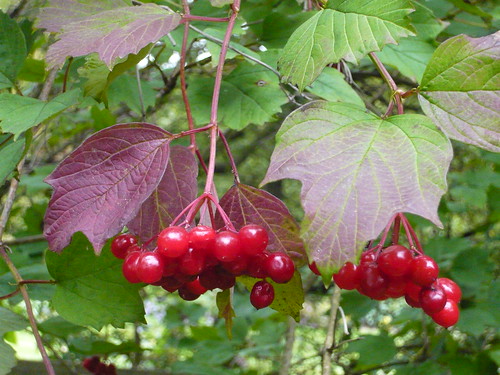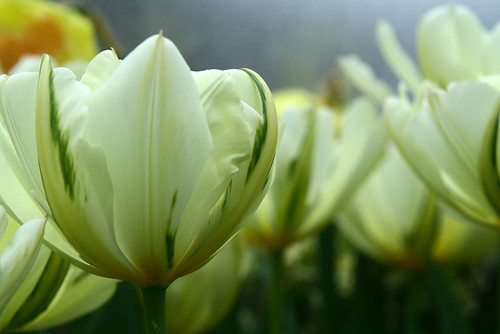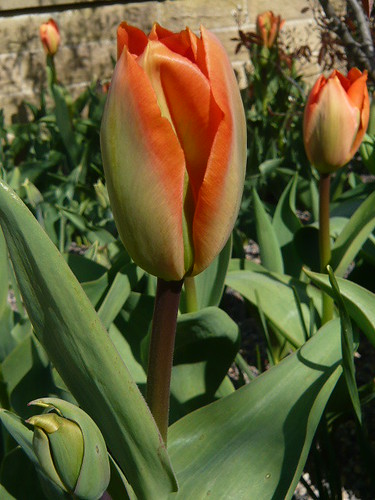Plan to get more from your time gardening. That’s it; have a plan, and try these tips
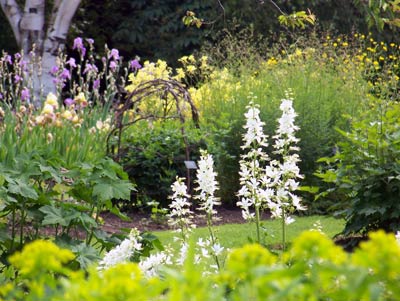
The garden is a place of both leisure and work. We create a garden to enjoy, but sometimes we find it difficult to sit back and relax; instead we find numerous small jobs to do. We may go out in the garden to do one thing, but get sidetracked and start doing several things at once. If we are not careful we can spend a long time working in the garden but not change very much. These are some tips to increase your productivity in the garden.
1. Be Focused.
Decide on the most important task and then stick to that exclusively. If you want to weed a border; just concentrate on weeding. Don’t start splitting up plants or trimming bushes.
2. Economies of Scale.
Think how long it takes to get out the equipment and then put it back. It can easily be 10 minutes to get started and 10 minutes to pack up. Therefore, it is better to spend 1-2 hours working rather than several 15 minute sessions. Set aside an hour and then work really hard on that task; don’t waste time always getting started and putting things away.
3. Right Tools.
The right jobs can make a big difference. If you are pruning with a blunt pair of secateurs, everything will be harder work. Make sure you look after tools and if blades become blunt replace them, it will save time and make gardening more enjoyable in long run.
4. Choose Most Important Task
In any garden there are always a 100 different things that we can do. It is therefore important to prioritise. Start off with the most prominent border or place you want to look good; don’t worry about the odd weed behind the compost heap.
5. Create Time
Some jobs may be labour intensive meaning you don’t have time for more important tasks. For example, if you cut the grass every 4 days, you could cut it every 8 days and create an extra hour a week for weeding and planting.
…
Read More Read More
